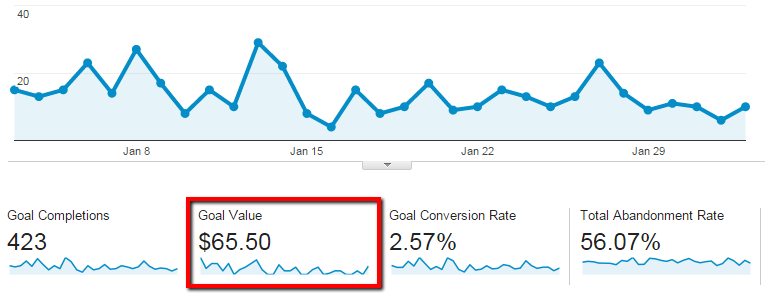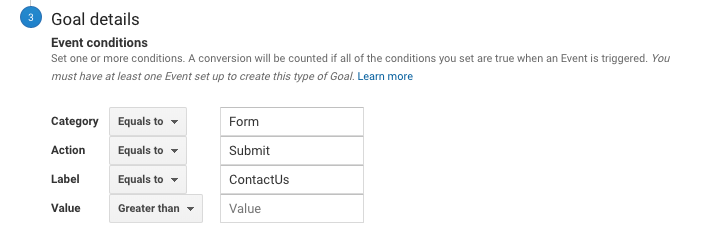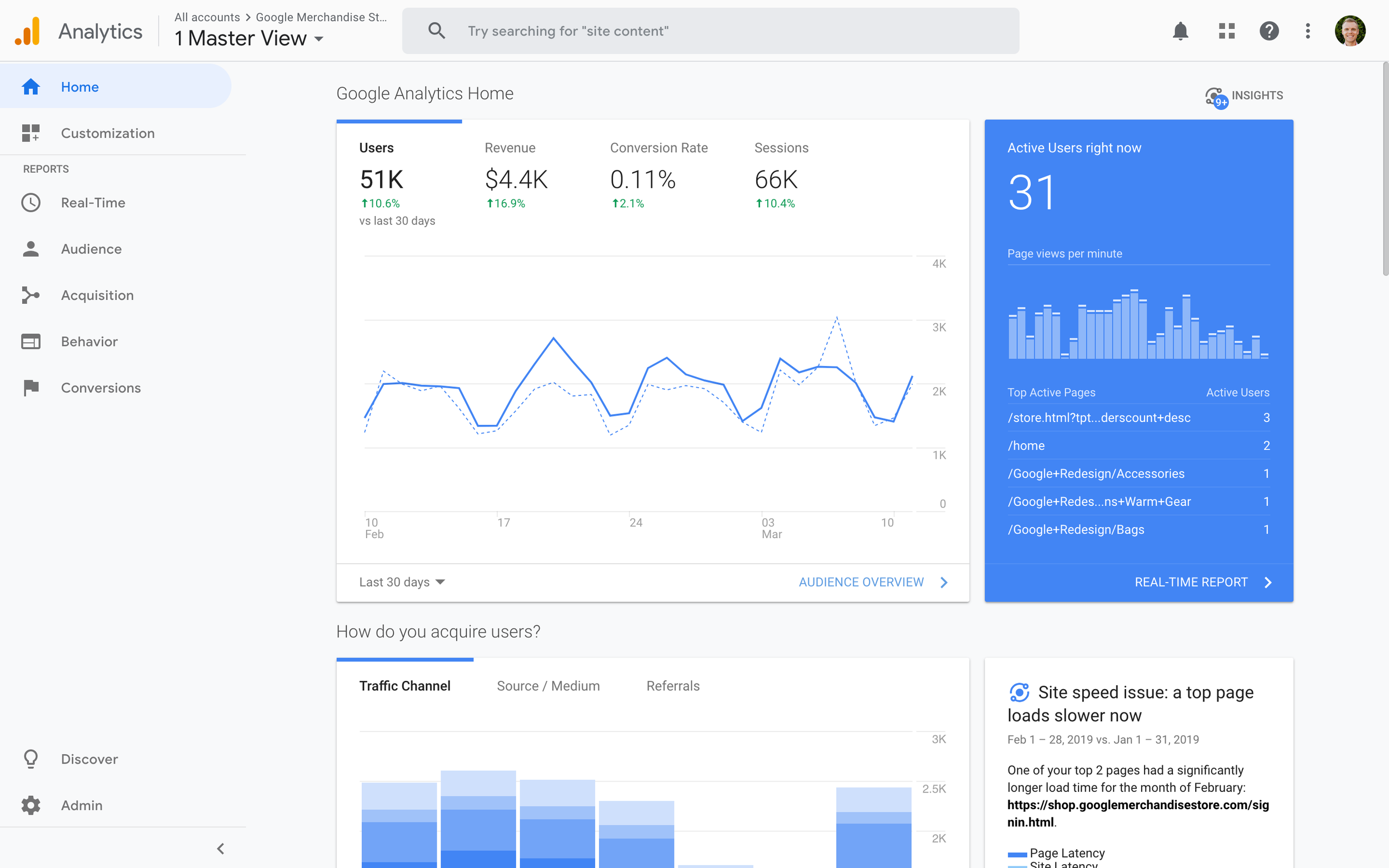What Data Is Google Analytics Goals Unable to Track and Why
What Data Is Google Analytics Goals Unable to Track and Why
Blog Article
Revealing the Blind Destinations: Recognizing What Google Analytics Goals Can not Gauge
In the world of electronic analytics, Google Analytics stands as an effective device for monitoring and assessing on-line customer communications. Recognizing what Google Analytics objectives can not determine is vital for gaining an extensive view of customer behavior and involvement.
Individual Actions on External Operatings Systems
Comprehending how individuals interact on exterior platforms is vital for optimizing on-line techniques. Exterior platforms, such as social media sites networks, recommendation internet sites, and on the internet discussion forums, play a significant duty in driving traffic to a business's website. By examining user habits on these systems, businesses can obtain valuable insights right into the effectiveness of their advertising initiatives and the preferences of their target audience.
One trick aspect of user habits on external platforms is the reference source. By tracking where the individuals are originating from, businesses can determine which platforms are driving the most traffic to their site. This information can help companies assign their sources better, concentrating on the platforms that yield the best results.

Offline Communications and conversions
Examining user actions on outside platforms gives useful insights right into online methods; nevertheless, taking into consideration offline conversions and interactions is equally critical for a detailed understanding of a company's general efficiency. Offline conversions, such as in-store acquisitions or phone inquiries, play a significant role in several services' success.

Attribution Beyond Last Click
When diving into the realm of digital advertising and marketing analytics, it ends up being necessary to look past the single touchpoint of the last click for a much more thorough understanding of attribution. While Google Analytics provides important insights into individual actions, counting solely on last-click attribution can be limiting - what data is google analytics goals unable to track. Attribution models that surpass the last click use an extra nuanced sight of the consumer trip, thinking about all the touchpoints that bring about a conversion
Acknowledgment past the last click permits online marketers to assign debt to numerous communications along the conversion path, giving a clearer photo of the performance of different marketing channels. By discovering multi-touch acknowledgment designs such as linear, time degeneration, or position-based acknowledgment, companies can better allot their advertising and marketing budget plans and enhance their techniques for optimal influence.
Comprehending the impact of each touchpoint in the conversion procedure is important for making notified decisions and making the most of ROI. By embracing acknowledgment beyond the last click, businesses can obtain much deeper insights right into client actions and tailor their marketing initiatives more properly.
Cross-Device and Cross-Browser Tracking

Likewise, cross-browser monitoring enhances cross-device monitoring by capturing user habits as they switch between various internet internet browsers. Recognizing just how users interact with More hints sites on numerous browsers can assist marketing experts maximize their online experiences to ensure consistency and functionality throughout various systems.
Qualitative Information and Customer Intent
Recognizing customer intent via qualitative information evaluation is important for creating targeted electronic advertising and marketing approaches that reverberate with the requirements and preferences of the target audience. Qualitative data provides insights into the 'why' behind customer activities, clarifying inspirations, emotions, and preferences that measurable information alone can not record. By assessing customer comments, comments, and interactions, marketers can reveal important information about customer intent, enabling them to tailor their messaging, content, and offerings to much better line up with what their audience is seeking.
Qualitative data additionally aids in comprehending the context in which users involve with a web site or app. This contextual understanding enables online marketers to create even more individualized and relevant experiences, ultimately driving greater interaction and conversion rates. By delving right into user intent via qualitative data evaluation, companies can gain a much deeper understanding of their target market, resulting in extra efficient marketing methods that meet individuals' expectations and needs.
Final Thought
In final thought, Google Analytics goals have restrictions in gauging user behavior on external systems, offline conversions, attribution past last click, cross-browser and cross-device tracking, imp source and qualitative information associated with individual intent. what data is google analytics goals unable to track. It is vital for services to be familiar with these dead spots in order to supplement their information evaluation with other tools and methods to get an extra extensive understanding of their target market and boost their overall digital advertising and marketing strategies
By examining customer behavior on these systems, businesses can obtain valuable insights into the performance of their advertising and marketing efforts and the preferences of their target audience.
Evaluating individual actions on exterior systems provides important insights into on the internet methods; nonetheless, considering offline conversions and interactions is similarly critical for a comprehensive understanding of a company's overall performance.In digital marketing analytics, moving beyond last-click acknowledgment to discover cross-device and cross-browser monitoring is essential for gaining a holistic understanding of user communications throughout numerous systems and gadgets. By examining individual comments, comments, and interactions, marketers can reveal beneficial details concerning individual intent, enabling them to tailor their messaging, content, and offerings to better straighten with what navigate to these guys their target market is looking for.
By delving into user intent via qualitative information analysis, companies can gain a much deeper understanding of their target audience, leading to a lot more efficient advertising techniques that meet customers' demands and expectations.
Report this page